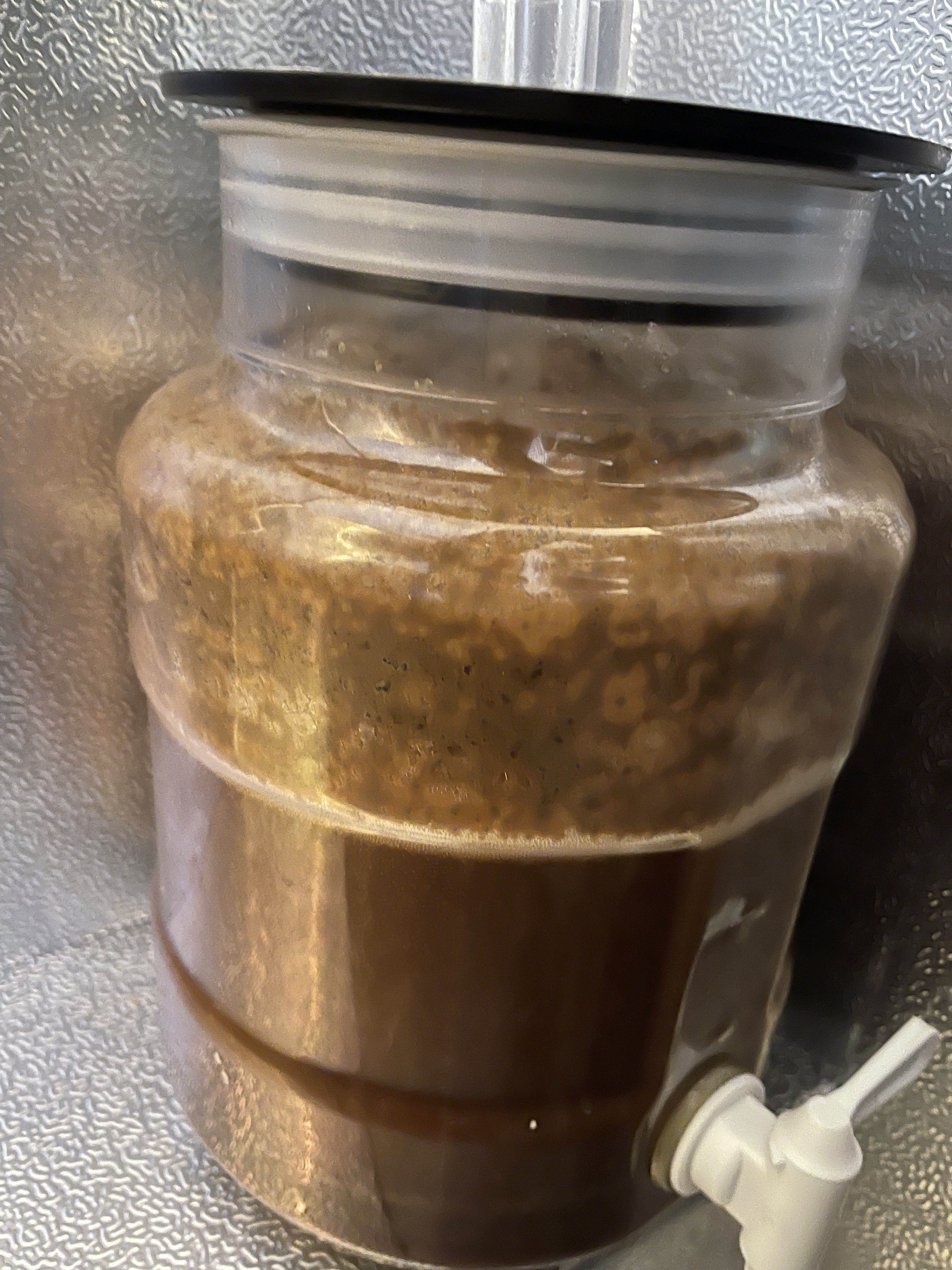I’ll give just one example of how they have been useful. I had to go out of town several months ago and I had a lager fermenting in a temp controlled fridge on a WiFi Inkbird. I was able to monitor fermentation and when the SG got within about 5 points of expected FG, I adjusted the temp on the fridge for a diacetyl rest.
It also helped me shave a few days off of many brews by knowing where I was at in fermentation instead of waiting x number of days, monitoring airlock activity, taking a reading, waiting a couple of days to check again and verify that it’s done, cold crash and package. For some IPA’s, it helped me nail down my dry hopping schedule.
Again, not everyone would benefit from them, and I get it, but I can tell you from my experience of using them in probably close to 100 brews (without counting) that they are more than just bling.












![Craft A Brew - Safale BE-256 Yeast - Fermentis - Belgian Ale Dry Yeast - For Belgian & Strong Ales - Ingredients for Home Brewing - Beer Making Supplies - [3 Pack]](https://m.media-amazon.com/images/I/51bcKEwQmWL._SL500_.jpg)
















































